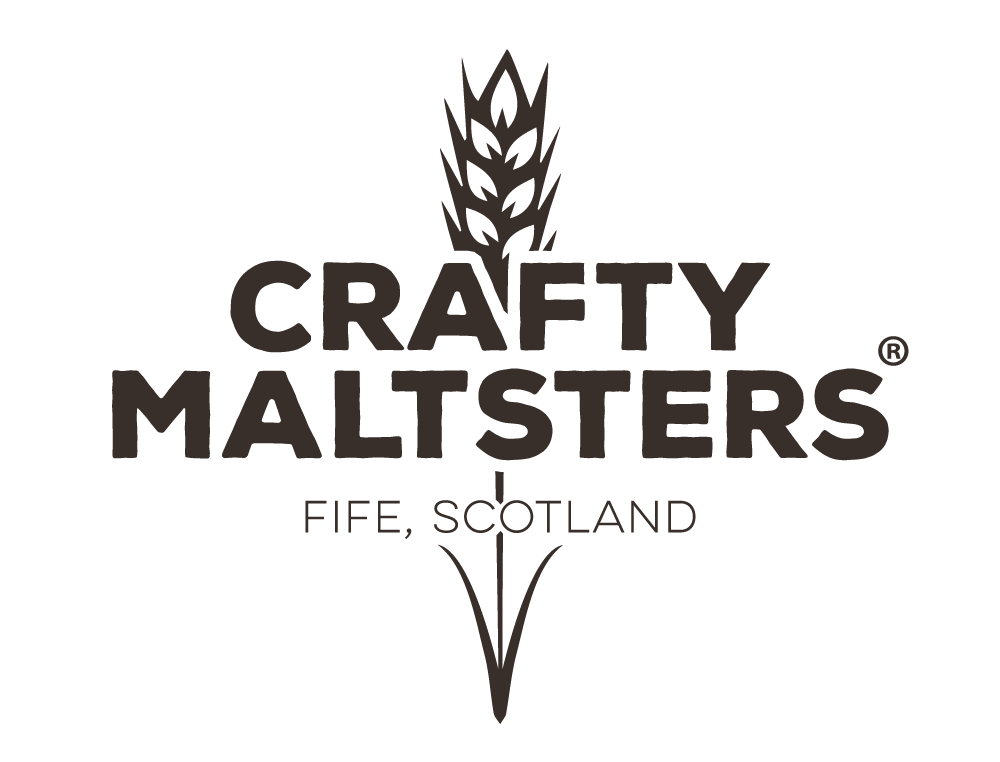The birth of Crafty Maltsters - Alison Milne
I have had held a variety of jobs within the agricultural industry, from representative roles with National Farmers Union Scotland, Scottish Tenant Farmers Association, my role as co-chair of the National Council of Rural Advisors - to direct involvement in the running of our family farming partnership. Each role has taught me different things, but what I kept returning to was the realisation that no matter how great our influence in the political and regulatory environment, these efforts will only ever allow our businesses to stand still. It is our own business decisions and how we interact with our markets that have the power to make us truly profitable.
In 2014 my husband and I took over the management role within our farm partnership and the question we asked ourselves was – “where do we want to be in 20 years-time?”.
The most obvious answer is – running a profitable and sustainable farming business, but this only tells part of the story. In every farm business the next generation wants to make its mark and achieve something in the way of a legacy. So, of course our ambition is to offer our children the opportunity of a prosperous future in farming, should they wish to take that path, but we also want to have time to enjoy the fruits of our labour.
In answering the 20-year question we set about establishing what aspects of our business were strong and where the areas of improvement were. It was an exercise we engaged other specialists with, and not just technical specialists but people from out-with the industry who could ask us challenging questions that made us uncomfortable.
The challenging questions helped us to change our mindset and outlook on the future. It made us realise that a farm business holds significant opportunity, but sometimes it’s a question of opening your eyes wide enough to see it clearly.
Our business predominantly produces cereals, and like many others we often felt like the part of the supply chain with the least influence and the most burden. So, we opened our eyes a bit wider and tried to spot the opportunity. It started with the malting barley supply chain and the realisation that we are integral to the Scottish beer and spirits industry, malting barley is the key ingredient. How has the growers’ story and value been so lost along the way?
The conclusion we came to, the malt supply chain has become industrialised and the result of this is that our barley has become nothing more than a commodity. An ingredient with the potential to add provenance, heritage and significant brand value surely shouldn’t be exclusively a commodity?
In 2015 we set about looking at how to change this, looking at malt supply chains around the world and researching the evolution of the craft beer and distilling industry in Scotland. It became apparent that small-scale malting was an opportunity we needed to grasp, giving brewers and distillers the opportunity to make truly local products for their customers.
In creating links with the James Hutton Institute and the International Barley Hub we quickly realised that the potential of malt is huge, there are questions around flavour and terroir that remain unanswered.
” The distinctive taste of a food or drink”, this is the dictionary definition of flavour.
The brewing and distilling industry in Scotland has the potential to become even more distinctive by embracing the attributes of our raw ingredients and exploring their potential. In the glass, we no longer see the grain, but its story and impact must not be lost.
Our grains have the power to tell a story about the people who have worked with them on the journey from seed to glass. It is a story that can add, not only flavour, but heritage, provenance and a unique identity.
The opportunity that craft malting presented was one that captured our imagination and enthusiasm and as a result Crafty Maltsters Ltd was born. It has been a long journey over the last four years but we remained committed to the belief that our barley has a story to tell, one that would allow us to add value, not just to our business but the whole supply chain.
Our shiny new equipment has arrived, it will process 4 tons of barley per batch and the malt will then be sold to brewers and distillers. Our malting operation is tiny by comparison to other maltsters but we will offer something new – a malt that has been sown, grown, harvested and malted by our own hands.
In 20 years-time we hope to stand back and say that our leap of faith changed the role of malted cereals in the supply chain. It allowed the grower to stand up and be counted for the very important role we play in bringing beer and spirits to the customer. We hope Crafty Maltsters has grown into an opportunity that other farm businesses are able to embrace and we have regional malt houses across Scotland. We hope that research and development in barley science and our willingness to explore, has proved the huge potential malt has to offer and that we have played a small part in making that happen.
Most of all we hope to have answers to be proud of when asked those uncomfortable questions again and who knows maybe we will be asking the next generation of Crafty Maltsters the same ones!
